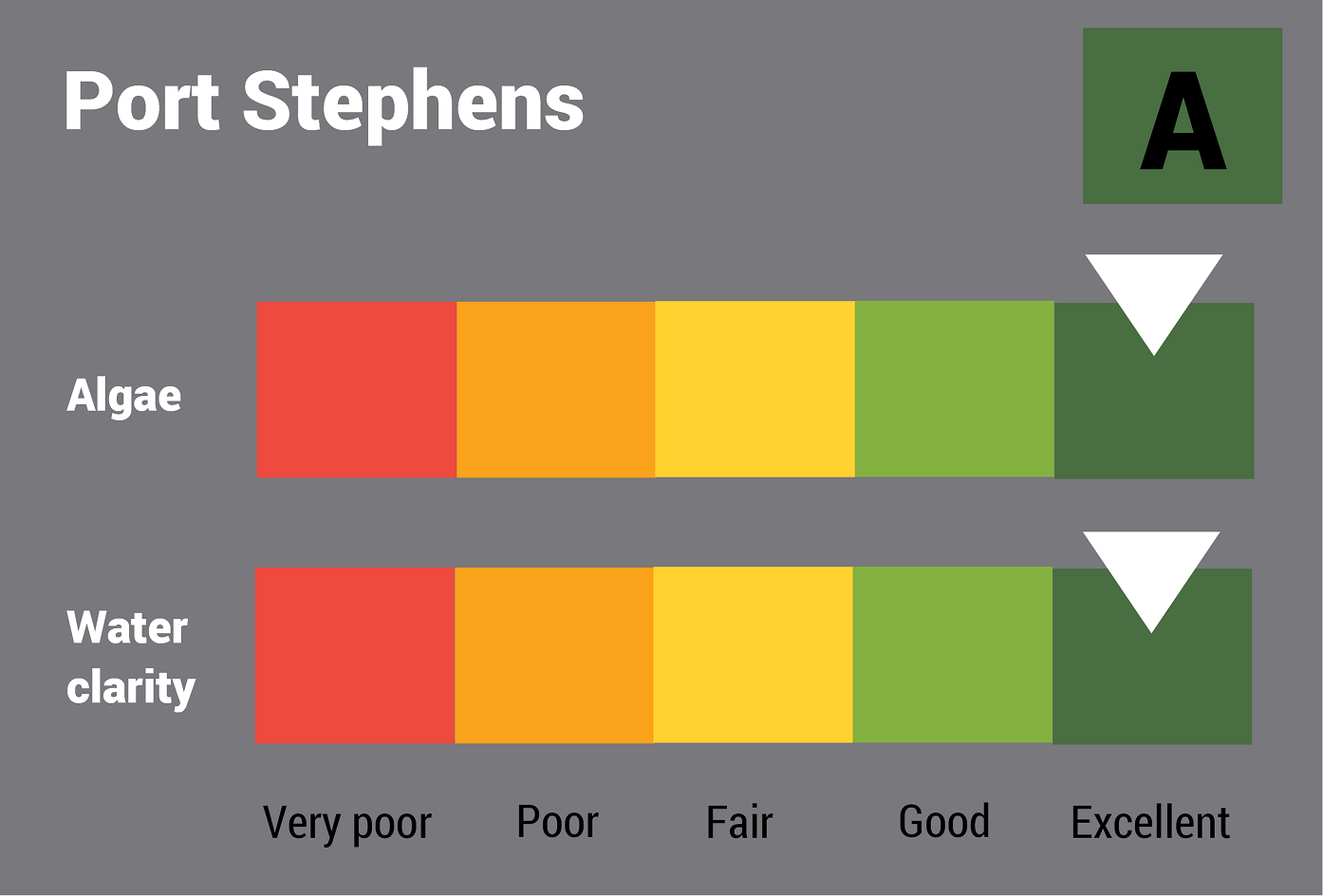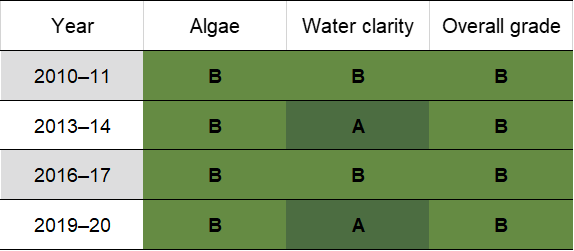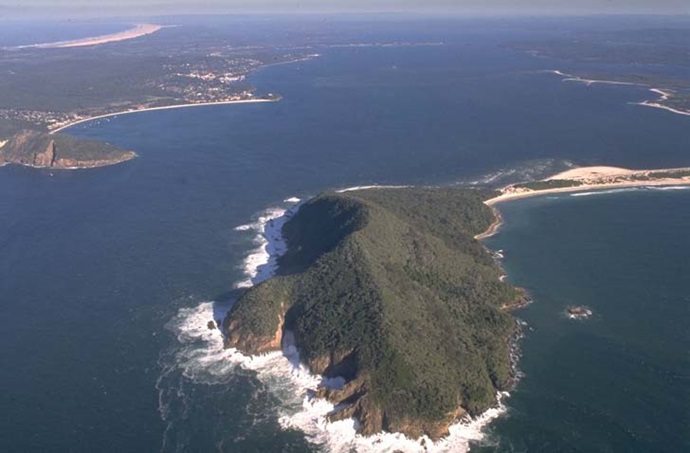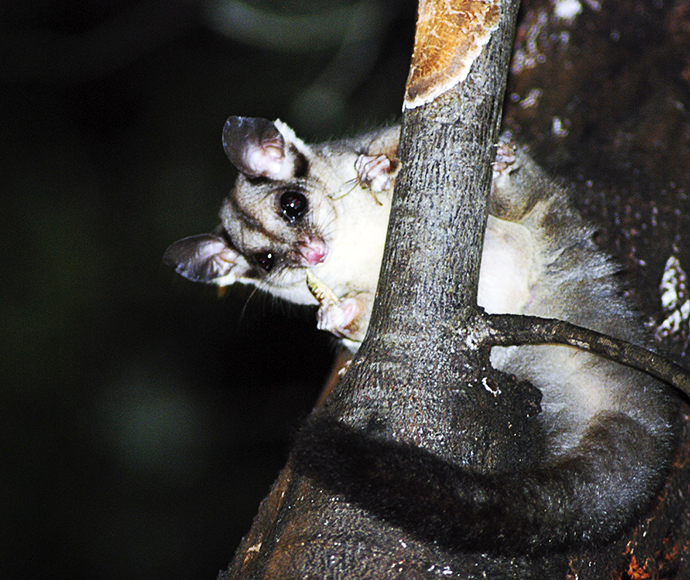Physical characteristics
Estuary type: Drowned valley
Entrance
location |
Latitude (ºS) |
–32.71 |
| Longitude (ºE) |
152.2
|
| Catchment area (km2) |
296.8
|
| Estuary area (km2) |
134.4
|
| Estuary volume (ML) |
1,741,516.5
|
| Average depth (m) |
14.1
|
Tidal exchange volume
Tidal exchange volume or tidal prism data is available for this estuary. This tidal prism was measured in 1993.
| Tide state |
Flow
(106 m3) |
Local tidal
range (m) |
Sydney Harbour
tidal range (m) |
| Ebb flow |
165 |
1.16 |
1.1 |
| Flood flow |
150 |
1.18 |
1.1 |
Notes: km2 = square kilometres; m = metres; m3 = cubic metres; ML = megalitres.
Water depth and survey data
Bathymetric and coastal topography data for this estuary are available in our data portal.
Land use
Most land-use changes that have occurred in the Port Stephens catchment relate to urban development and associated rural residence, especially on the southern shore of the estuary. Most of the catchment remains as bushland, a lot of which is managed in conservation areas or by Forestry Corporation.
Web cam
The Shoal Bay bar crossing web camera provides real-time video of conditions within the river entrance immediately offshore to help with bar crossings and boat safety.





